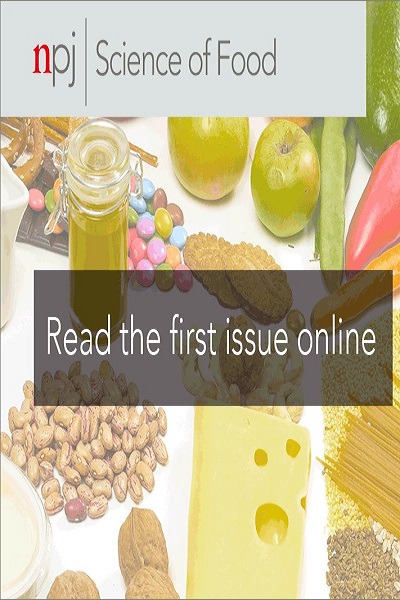Use of physiologically based kinetic modeling to predict neurotoxicity and genotoxicity of methylglyoxal in humans
IF 6.3
1区 农林科学
Q1 FOOD SCIENCE & TECHNOLOGY
引用次数: 0
Abstract
This study aimed to evaluate human neurotoxicity and genotoxicity risks from dietary and endogenous methylglyoxal (MGO), utilizing physiologically based kinetic (PBK) modeling-facilitated reverse dosimetry as a new approach methodology (NAM) to extrapolate in vitro toxicity data to in vivo dose-response predictions. A human PBK model was defined based on a newly developed and evaluated mouse model enabling the translation of in vitro toxicity data for MGO from human stem cell-derived neurons and WM-266-4 melanoma cells into quantitative human in vivo toxicity data and subsequent risk assessment by the margin of exposure (MOE) approach. The results show that the MOEs resulting from daily dietary intake did not raise a concern for endpoints for neurotoxicity including mitochondrial function, cytotoxicity, and apoptosis, while those for DNA adduct formation could not exclude a concern over genotoxicity. Endogenous MGO formation, especially under diabetic conditions, resulted in MOEs that raised concern not only for genotoxicity but also for some of the neurotoxicity endpoints evaluated. Thus, the results also point to the importance of taking the endogenous levels into account in the risk assessment of MGO.

利用基于生理学的动力学模型预测甲基乙二醛对人体的神经毒性和遗传毒性。
这项研究旨在评估膳食和内源性甲基乙二酸(MGO)对人类神经和遗传毒性的风险,利用基于生理动力学(PBK)建模促进的反向剂量测定法作为一种新方法(NAM),将体外毒性数据推断为体内剂量-反应预测。在新开发和评估的小鼠模型基础上定义了人类 PBK 模型,从而能够将来自人类干细胞衍生神经元和 WM-266-4 黑色素瘤细胞的 MGO 体外毒性数据转化为定量的人类体内毒性数据,并通过暴露限值(MOE)方法进行后续风险评估。结果表明,每日膳食摄入量产生的暴露限值不会引起对神经毒性终点(包括线粒体功能、细胞毒性和细胞凋亡)的担忧,而 DNA 加合物形成的暴露限值则不能排除对遗传毒性的担忧。内源性 MGO 的形成(尤其是在糖尿病条件下)导致的 MOEs 不仅会引起对遗传毒性的担忧,而且还会引起对某些神经毒性终点的担忧。因此,研究结果还表明,在对 MGO 进行风险评估时,必须将内源性水平考虑在内。
本文章由计算机程序翻译,如有差异,请以英文原文为准。
求助全文
约1分钟内获得全文
求助全文
来源期刊

NPJ Science of Food
FOOD SCIENCE & TECHNOLOGY-
CiteScore
7.50
自引率
1.60%
发文量
53
期刊介绍:
npj Science of Food is an online-only and open access journal publishes high-quality, high-impact papers related to food safety, security, integrated production, processing and packaging, the changes and interactions of food components, and the influence on health and wellness properties of food. The journal will support fundamental studies that advance the science of food beyond the classic focus on processing, thereby addressing basic inquiries around food from the public and industry. It will also support research that might result in innovation of technologies and products that are public-friendly while promoting the United Nations sustainable development goals.
 求助内容:
求助内容: 应助结果提醒方式:
应助结果提醒方式:


